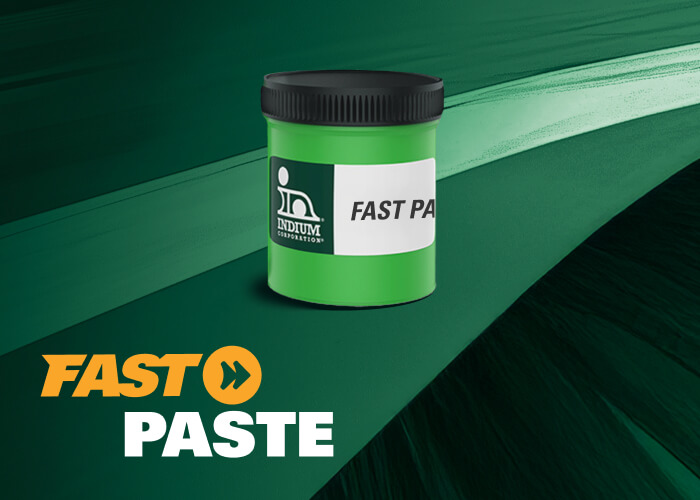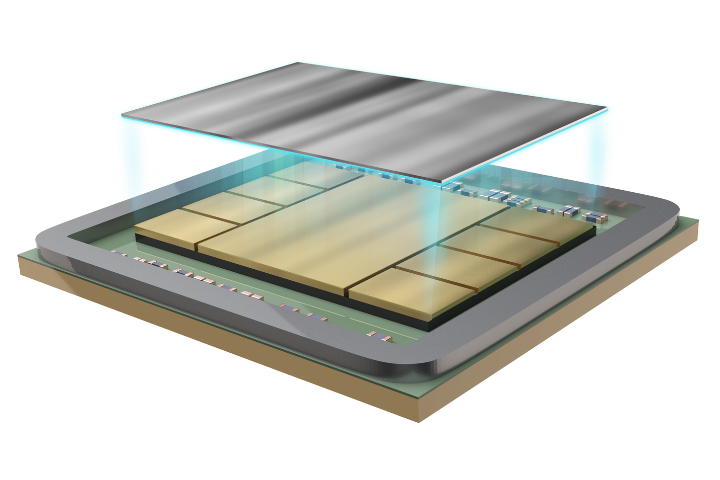When the firsthigh-volume, automated, die-bonding machines for laser diode assembly were created, a single supplier dominated the market, providing all the solder materialneeded for this application. Generally used for manufacturing optical diode components in wireless communication and automotive applications, these die-bonding machines required a specific type of solder: 80Au20Sn ribbon < 0.1” wide. Furthermore, the ribbon needed to be packaged in longcontinuous lengths suitable for high volume manufacturing. When companies using this new technology began to branch out in search ofnew suppliers, Indium Corporation saw an opportunity to develop a superior product and enter this exciting regional market.
For these auto-feed systems, the precision and quality of the ribbon and spooling is of the utmost importance along with long, continuous lengths. These features help minimize production down-time and facilitate an efficient, high-throughput process resulting in a high quality end product and low cost of ownership.
With investment and process improvement, Indium Corporation developed our AuLTRA™ Fine Ribbon! This is < 0.1” wide fine-grade, precision ribbon for high volume, fully automated laser diode assembly processes down to 0.010” width and 0.0006” thick capabilities. Our high quality, precision AuLTRA™ Fine Ribbon is designed for high volume production and is packaged on precision spools suitable for auto-feed systems. AuLTRA™ Fine Ribbon is available now in a broad range of sizes, with 15+ meters length per spool capabilities.
If you have any questions, or for more information about our AuLTRA™ Fine Ribbon, contact me at [email protected].



